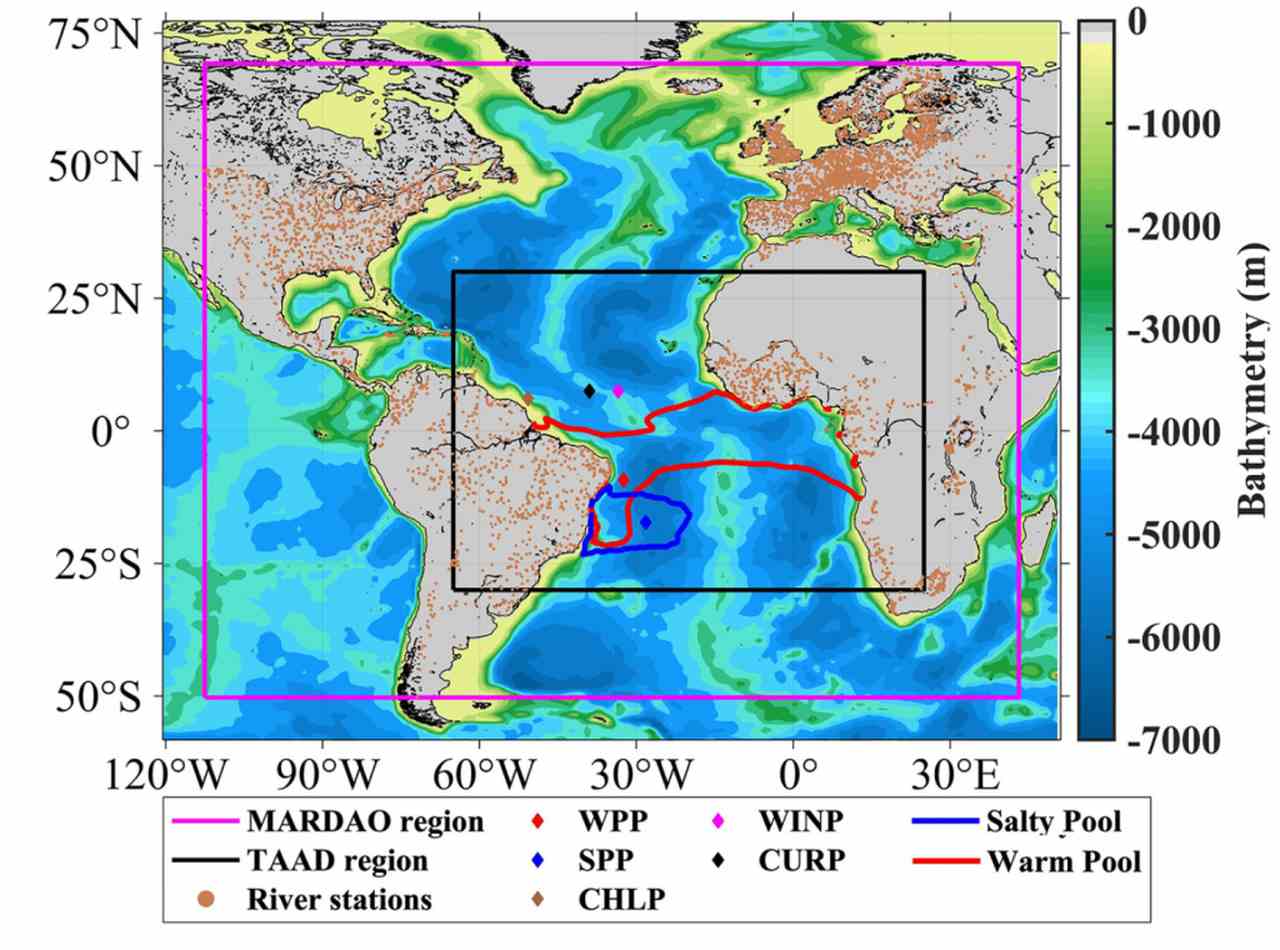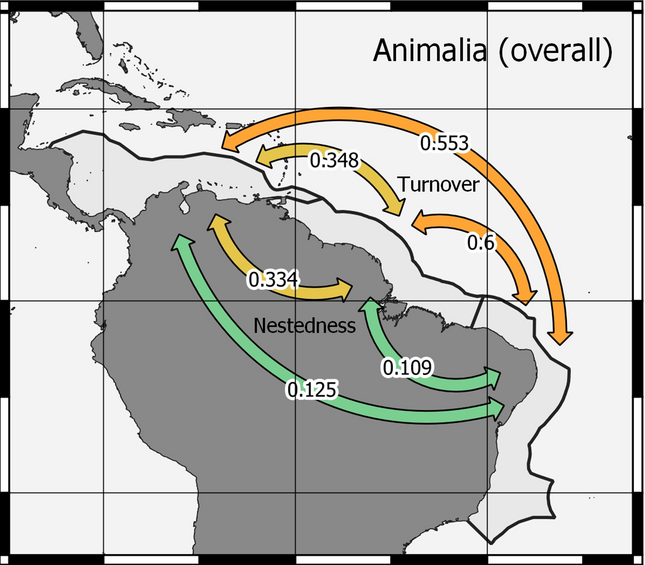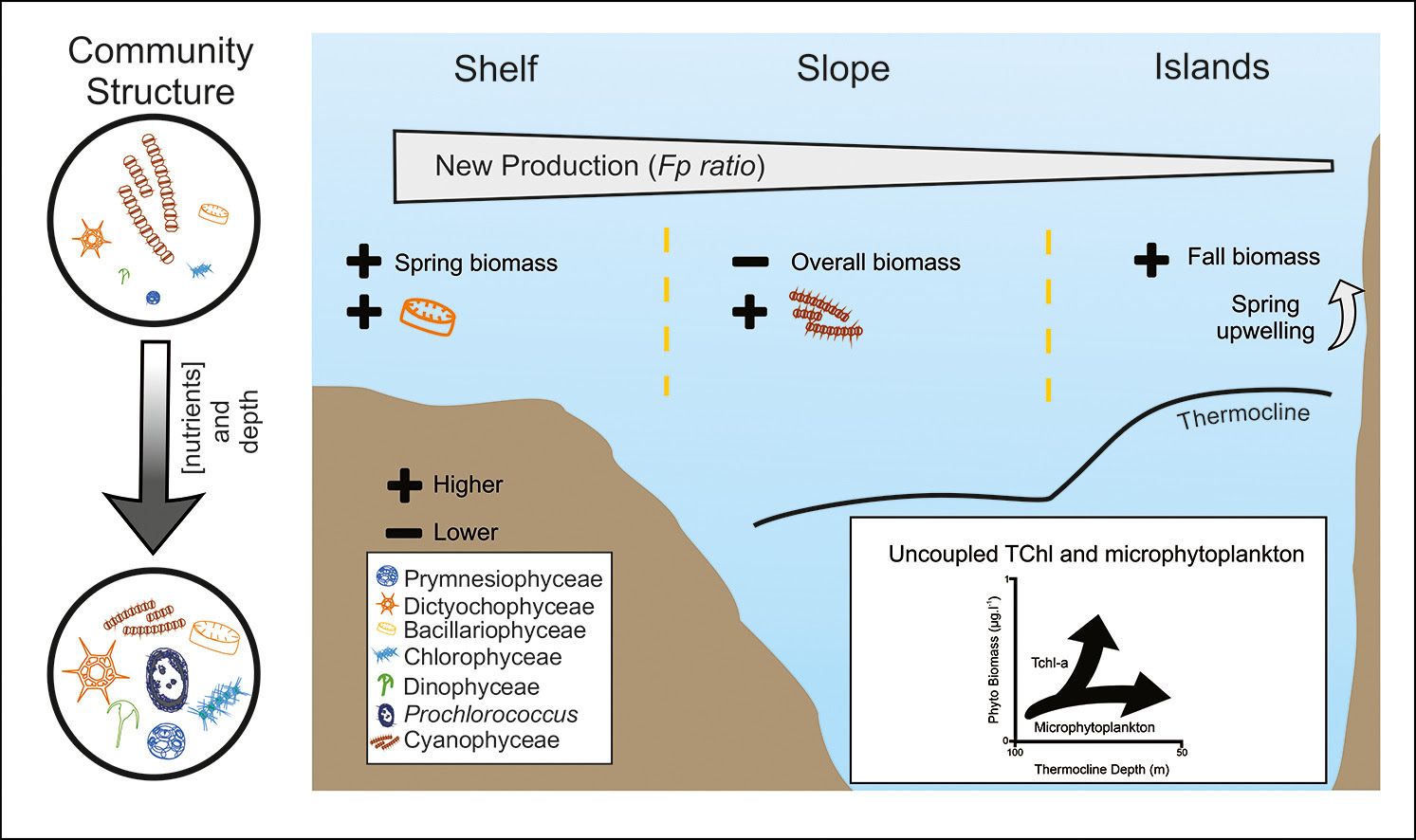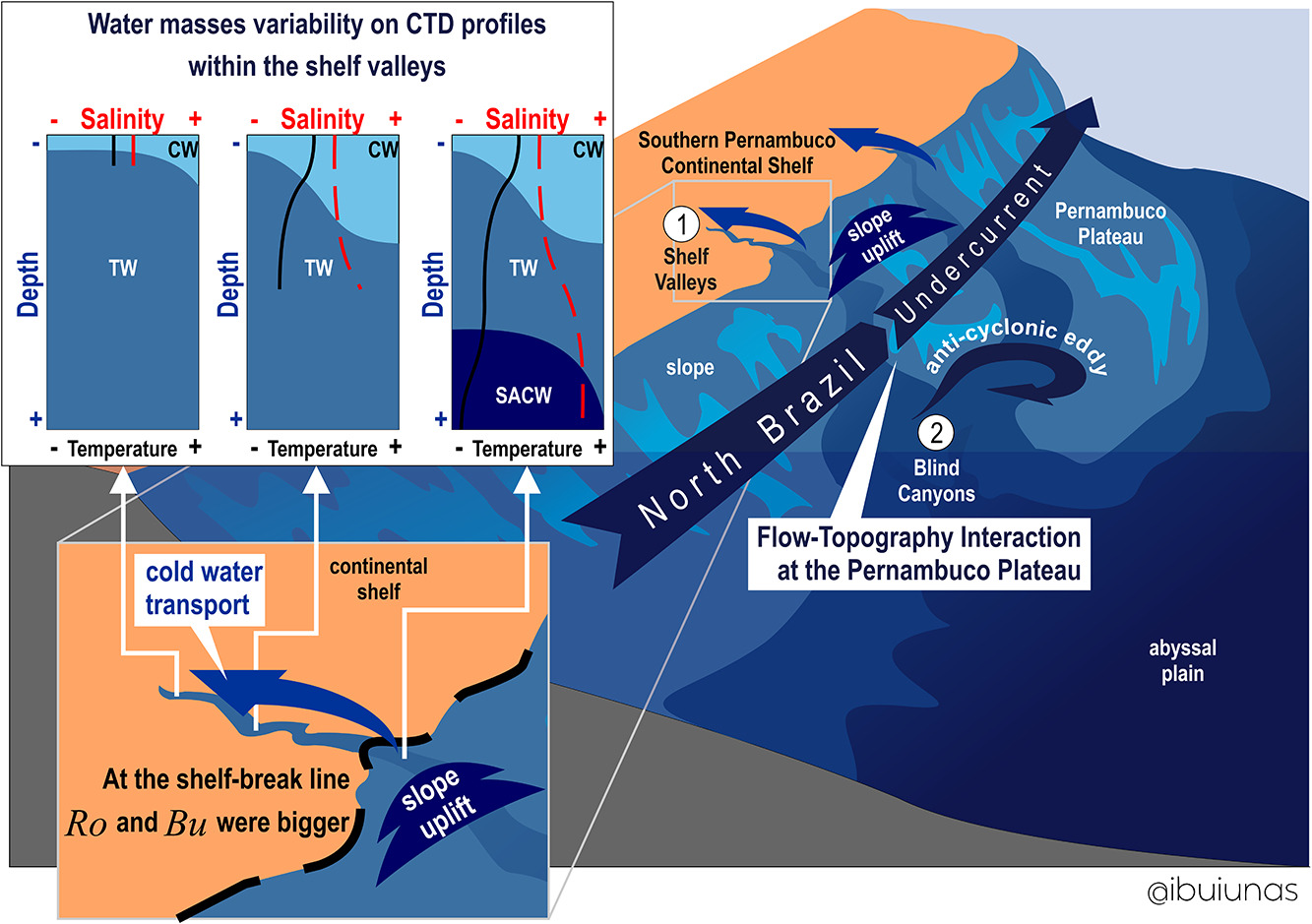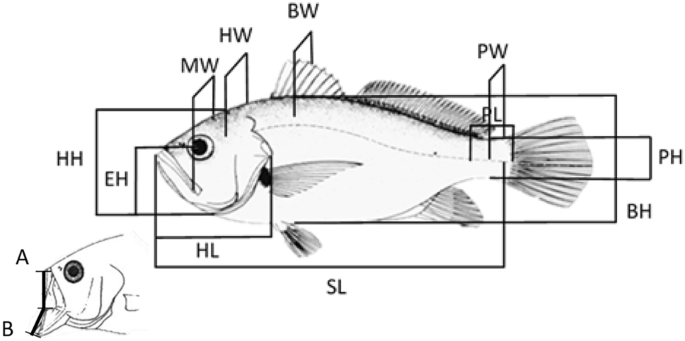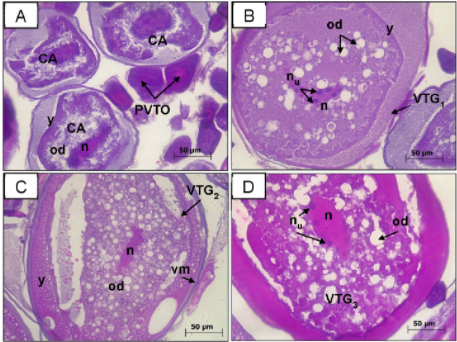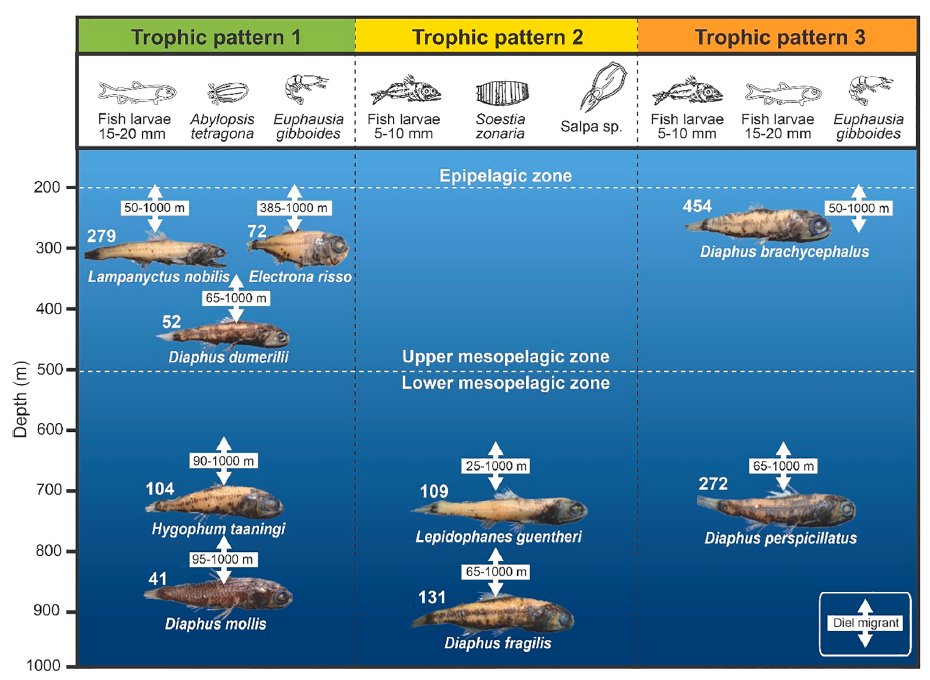Biogeographic and taxonomic knowledge on planktonic mollusks, specifically on Pterotracheoidea (also known as heteropods or sea elephants) in tropical oceans, is still incomplete. In this
The Tropical Atlantic Ocean Database and Monthly Anomalies of River Discharge on Atlantic Ocean datasets encompass the monthly anomalies of a variety of physical, biogeochemical
Microplastics are a relevant environmental concern in marine ecosystems due to their ubiquity. However, knowledge on their dispersion patterns within the ocean basin and the
The dispersal of marine organisms can be restricted by a set of isolation mechanisms including hard barriers or hydrological features. In the Western Atlantic Ocean,
Structural changes in phytoplankton communities have large influence on marine elemental cycling, food web dynamics and carbon export. Here we used data from two field
Flow-Topography Interaction can be considered as a particular set of processes resulting of the currents interaction with a topographic gradient, specially associated with submarine canyon
The shorthead drum Larimus breviceps has an important role in the subsistence of local communities. However, studies addressing the trophic ecology of this species are
The shorthead drum Larimus breviceps is one of the main bycatch species of the shrimp fisheries inBrazil. However, studies addressing the biology and fisheries impacts
Lanternfishes (Myctophidae) are among the most abundant, widespread, and diverse fish groups in the world ocean. They account for a significant part of oceanic fish
A new species of the genus Cyphocaris Boeck, 1871, is described. The material examined was collected during the “Acoustics along the Brazilian Coast” (Abraços 1)




